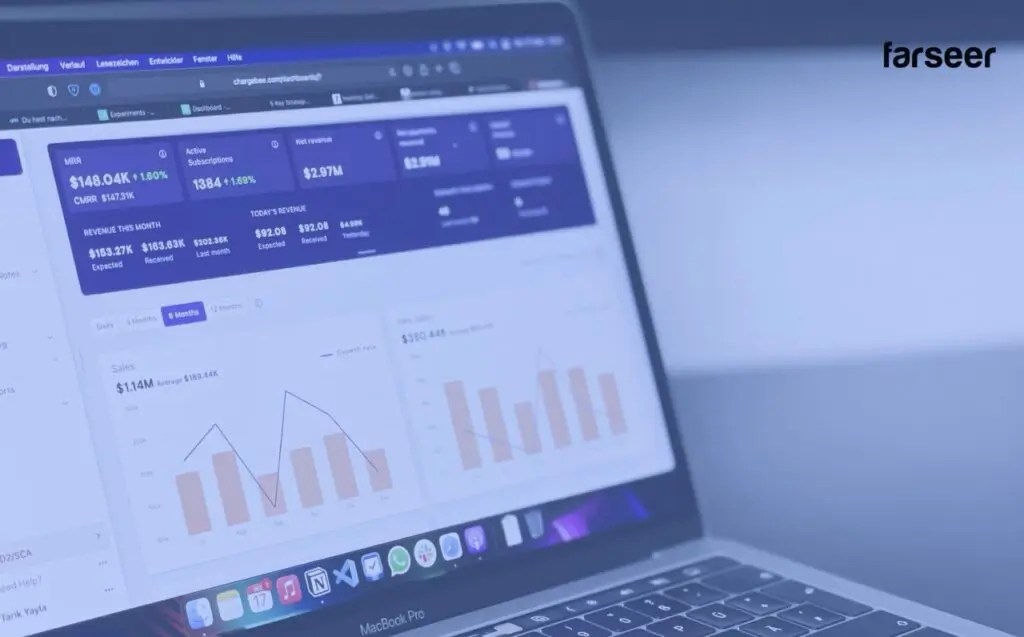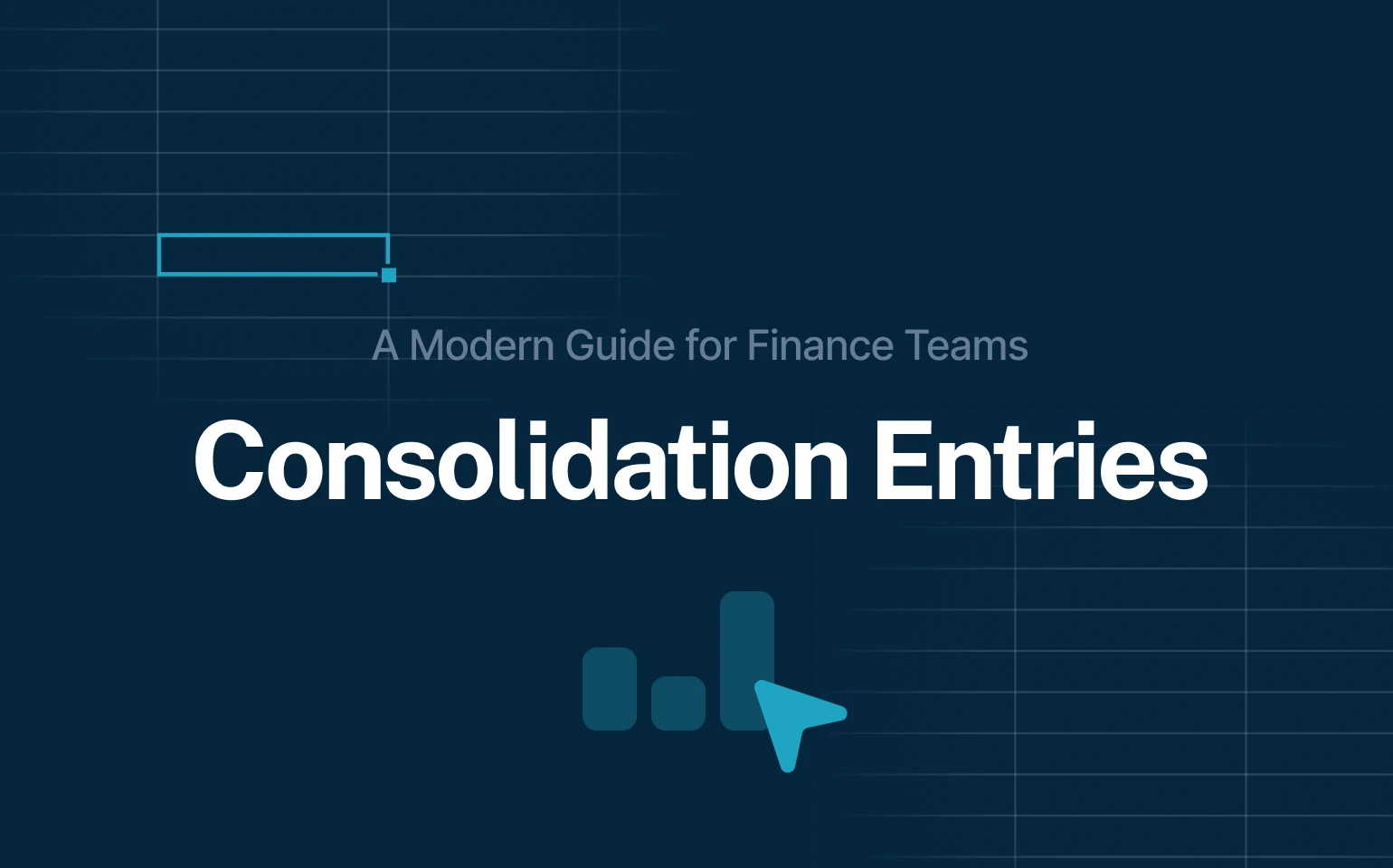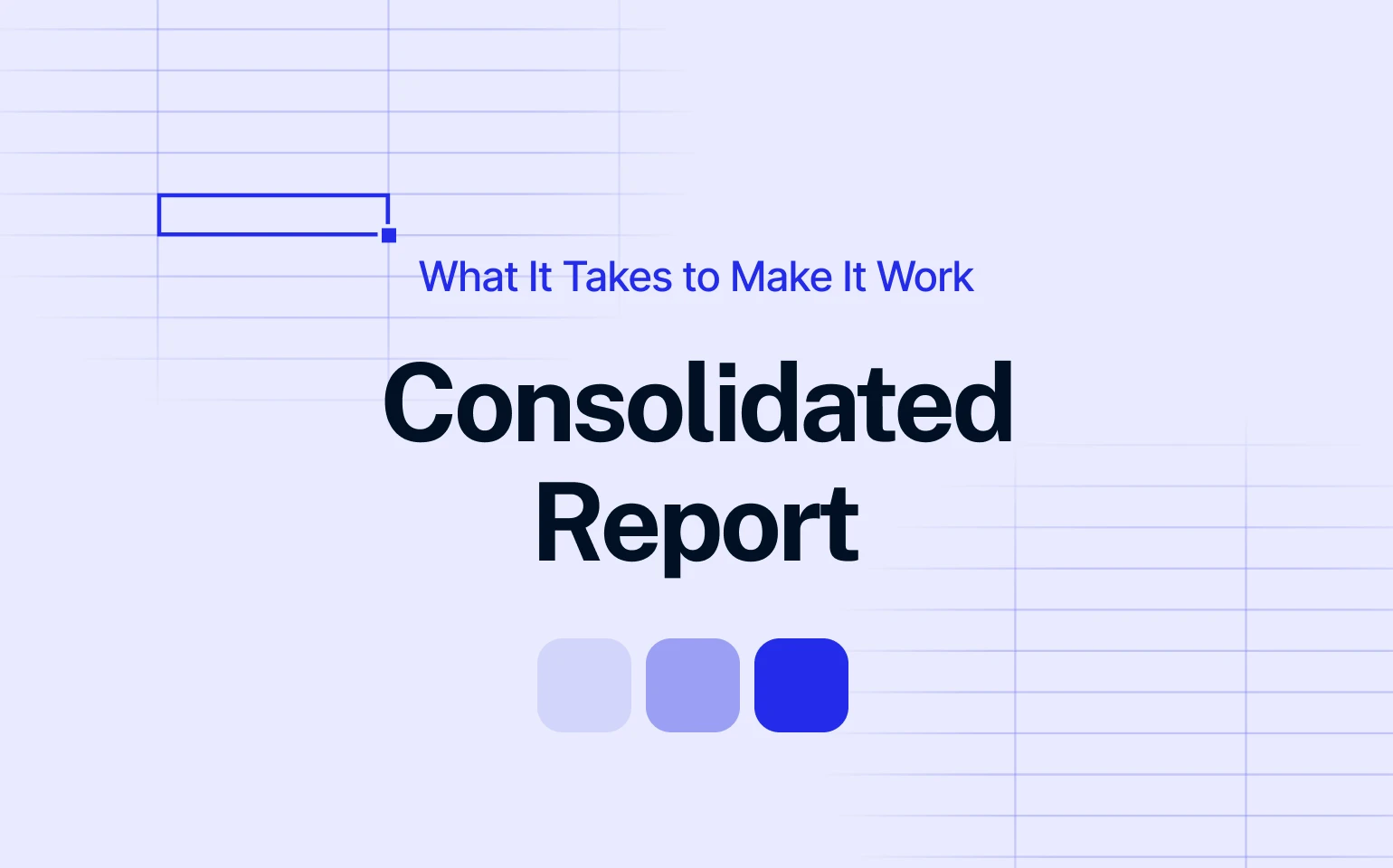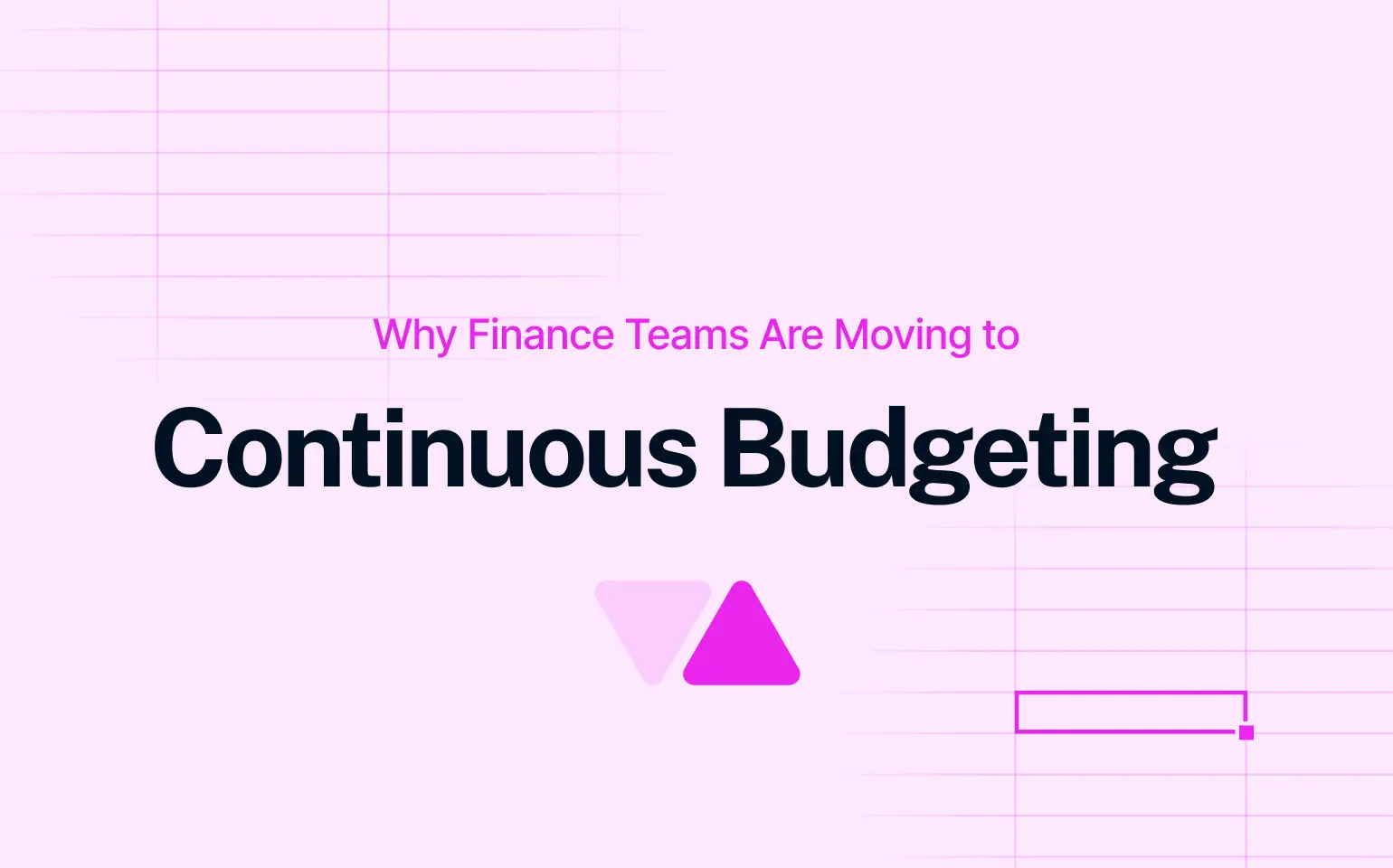AI in financial forecasting gained attention across the business world when ChatGPT emerged, but many professionals, finance included, did not initially consider its potential for more than writing polished emails or crafting witty responses to colleagues’ comments.
However, precipitation shifted rapidly, and AI boomed across all industries. According to KPMG, AI has become a game-changer for finance, with over 71 percent of companies adopting AI in everyday business.
In financial industries, AI started empowering and speeding up processes that used to last for months, turning them into a week’s work. One of those things is enhancing forecasting accuracy and time to deliver, helping FP&A teams do their jobs even if they did not have 100% data.
Read: Finance Automation in 2025: Tools, Use Cases, and Real-World Strategy
We’ll show you all the ways in which AI-powered financial forecasting can help you make faster, more confident planning decisions, especially during chaotic mid-year cycles.
Why Traditional Forecasting Fails Under Pressure
Picture this: the first half of the year didn’t go as planned. Costs were unpredictable. Demand shifted in ways no one saw coming. Some strategic bets paid off, others didn’t. And now it’s time for the mid-year reality check. But just as you’re about to roll up your sleeves, reality hits: half your team is on vacation, your inbox is overflowing with Excel files and last-minute requests, and the inputs you need are scattered at best.
The problem is
- sales forecasts haven’t been updated since March
- costs are misaligned due to supply chain issues or pricing fluctuations
- actuals are delayed or only partially reconciled
- different teams are still working in their own spreadsheets
- version control is long gone.
But, expectations haven’t changed. Leadership still needs relevant, timely, and actionable insights to steer the company through the second half of the year. Traditional tools like spreadsheets break under this level of complexity. They don’t just slow you down, they keep you from acting at all.
This is the point where traditional tools start to buckle. Spreadsheets become bottlenecks, and finance teams get caught in a loop of cleaning data instead of shaping strategy. The result? Missed opportunities to course-correct and a growing risk of flying blind into the second half of the year.

What AI Actually Does in Financial Forecasting
AI in financial forecasting steps in when people are unavailable, data is scattered, and time is running out, helping you make sense of the mess, pulling insights from what’s available, projecting what’s likely, and enabling you to act rather than wait.
Forecast baselines using historicals and run rates
AI quickly builds a solid forecast starting point by analyzing historical data and current run rates. Even when inputs from sales or operations are outdated or incomplete, it applies seasonality trends and external indexes to estimate likely outcomes. This gives finance teams a directionally accurate baseline so they can take action without waiting for every data point to arrive.
Estimates missing inputs using patterns or external indexes
When departments fail to deliver updates, whether it’s pricing from procurement or revenue pipelines from sales, AI steps in to fill the gaps. It recognizes patterns in previous periods and applies external market data to estimate missing values. This approach doesn’t replace human judgment but gives teams enough clarity to move forward confidently in the face of incomplete information.
Automates scenario modeling, identifies outliers, and flags risks.
AI enables finance teams to run multiple “what-if” scenarios in minutes instead of days.
By using historicals and current run rates to build a forecast baseline. AI flags unusual COGS movements and estimates cost adjustments using real-time indexes. Even when actuals from some departments are missing, AI consolidates what’s there and compares it with past patterns to give you directionally solid outputs. It means you can move with 80% of the picture today rather than waiting weeks for a perfect one.
In short, AI in financial forecasting gives you enough information to move forward, even when the entire image isn’t available.
Limits and Risks to Keep in Mind
Keep in mind that while AI offers speed and scale, it’s not without its limitations. The most common risk is “garbage in, garbage out.” If ERP or sales data is stale, incomplete, or siloed, AI will simply replicate that flawed data faster. Another issue is an overreliance on model outputs, AI can’t factor in strategic decisions, contract changes, or market shifts unless those variables are built in. It predicts based on what it’s seen, not what’s new.
There’s also the risk of black-box models. Some advanced AI systems generate results using statistical methods that are hard to explain to auditors or senior leadership. That lack of transparency can slow adoption or even backfire during board reviews. Additionally, many finance teams face a skill gap; without a basic understanding of how AI models work, teams might either mistrust or misuse the tools.
Finally, AI has scenario blindness. If your business is entering a new market, launching a new product, or facing geopolitical changes, AI models may miss the impact unless these are explicitly modeled. AI can support judgment but it doesn’t replace it. It accelerates structured thinking but doesn’t invent it.

Bonus: What to Look for in AI Forecasting Tools
Not all AI forecasting tools are created equal. If you’re considering one, here’s what to prioritize:
- Context Awareness. Can the tool adjust forecasts based on your business’s specific seasonality, volatility, or market trends?
- Data Consolidation from Multiple Sources. Does it integrate easily with your ERP, CRM, and spreadsheets without weeks of custom development?
- Scenario Planning with Incomplete Inputs. Can you simulate realistic what-if scenarios even when some data is still missing or outdated?
- Human Oversight Built-In. Does the tool let you review, override, and audit AI-generated outputs? AI should support, not replace, your team’s judgment.
- Audit-Ready Traceability. Is there a clear log of what data was used, how it was transformed, and who adjusted what?
- User-Friendly Interface. Will your team adopt it without needing a month of training? Adoption matters more than features.
- Practical ROI. Can you tie time savings, forecast quality, or faster decisions to tangible business value?
In Forecasting, Speed Wins
AI in financial forecasting isn’t a magic button; it’s a practical tool that gives you and your team directionally accurate forecasts that are “good enough to move”, which is often more valuable than waiting weeks for the full picture. With the right platform like Farseer, financial forecasting stops being reactive and becomes a proactive advantage.
Đurđica Polimac is a former marketer turned product manager, passionate about building impactful SaaS products and fostering connections through compelling content.



